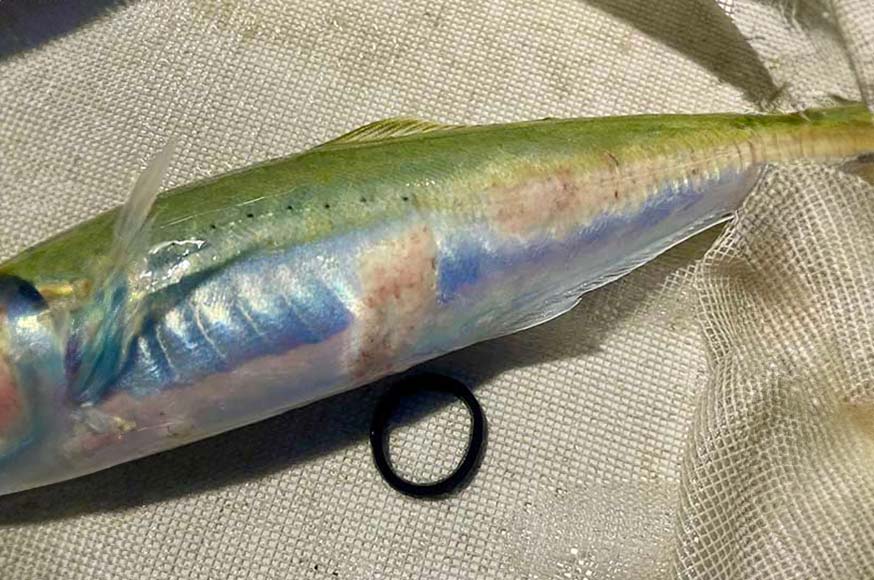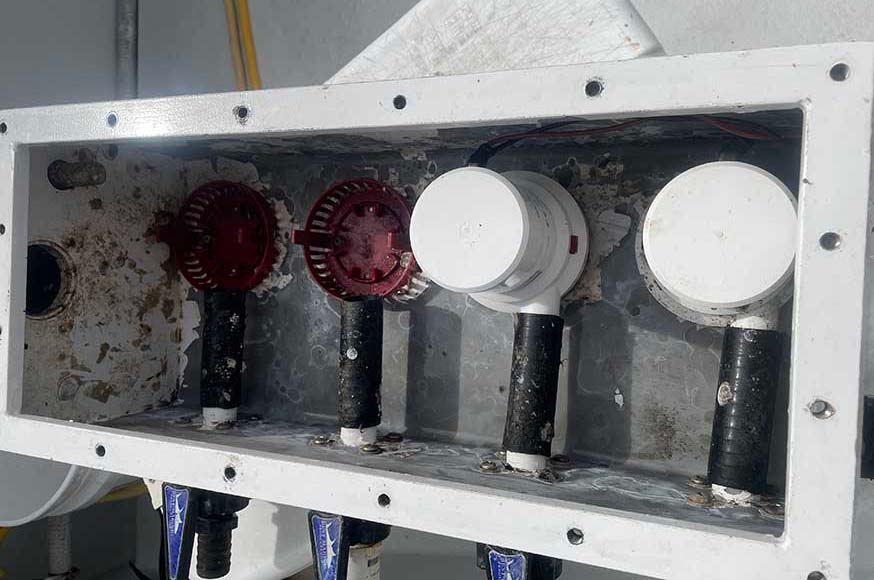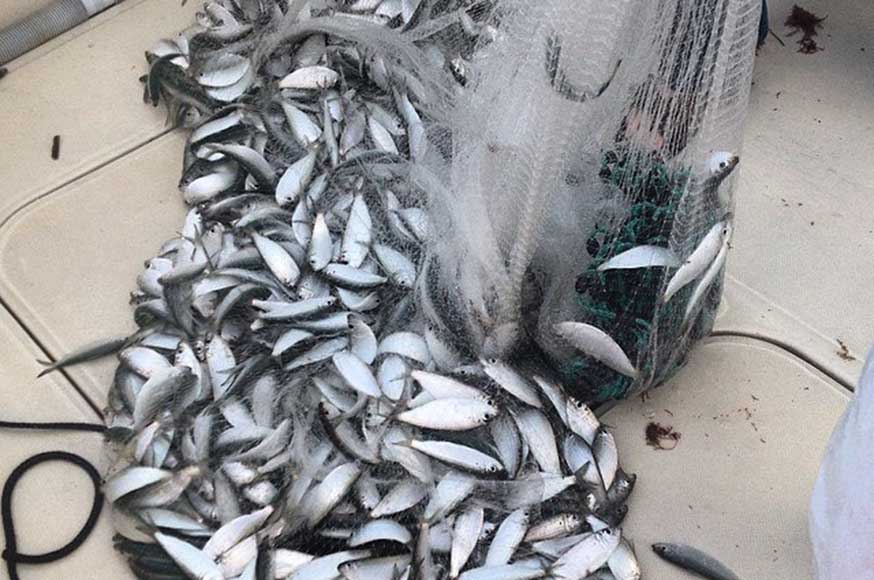How to Improve the Quality of Your Live Bait
Professional charter boats and tournament fishing teams place great emphasis on the quality of their bait fish. Success often depends on it. Fresh and lively bait can mean the difference between catching that “personal best” or going home empty handed. Here are a few ways that you can mirror the most successful boats, and some things to keep in mind when it comes to keeping your live bait as fresh and lively as possible.
Bait Handling
The way you handle your bait is essential to its longevity. To keep the freshest looking and liveliest live baits there are a few things you should consider when it comes to handling your bait. First, try to minimize touching your bait with your hands. Use a dehooking tool to remove your bait directly into a bucket of water or livewell. This helps to preserve the bait’s slime coat and scales. The bait’s slime acts a protective layer against pathogens, abrasions and even helps maintain the osmotic balance of salts and other minerals and water. Removing the slime coat either by contact with your hands, using a low-quality dip net, or letting the bait touch the floor will result in what looks like a rash on the bait. It won’t happen instantly, but any bait’s kept longer than a day or two will show the signs of mishandling. Bait handling is especially important for anglers who want to keep their bait stored in a bait pen for future use. Another aspect of bait handling is how you scoop your bait from the livewell and the type of dip net you’re using. Scooping a large amount of bait at the same time and causing them to contact and rub against each other will cause them injury although it may not be immediately apparent. Try scooping just a single bait at a time. Again, this is crucial for anglers keeping baits stored for future use. When we catch bait specifically for tournaments or for long term storage in a bait pen, any bait’s that touch the floor or need to be handled to remove the hook are immediately discarded.

Water Quality
Water quality can dramatically make or break the health and performance of your bait. This applies to anglers out on the water and back at the dock. Having a high-quality pump to circulate fresh sea water to your livewell provides a source of fresh oxygen to your bait, keeping them lively. We prefer to use the Rule brand pumps in a sea chest configuration. Hooker electric also makes excellent high-flow bait well pumps for anglers with a larger budget. Scaled baits like pilchards, herring and sardines require more oxygen due to their swimming pattern than other types of bait like cigar minnows, goggle eyes and pinfish. The scaled baits require an open loop livewell system that uses circulated water rather than a bubbler type system. Open loop simply means that water is constantly drawn in from the ocean, pumped into the livewell, and then overflows back to the ocean. For the anglers looking to pen up bait at their dock, water quality is especially crucial. The canals of south Florida allow freshwater runoff from the Everglades to the bays and inlets of south Florida. In addition to the changes in salinity the excess rainwater creates, it carries with it chemicals and pollutants. We’re all aware of the red tides and other related issues this creates, and the impact it has on marine life. Unfortunately, there is no way to prevent the rainwater runoff, but you can be mindful of the soaps and bleach you’re using in the vicinity of your bait pens or livewell.

Overcrowding
There’s a limit to how many baits you can reasonably keep in your livewell. Overcrowding your livewell will reduce the performance and longevity of the bait, and in extreme cases cause rapid death. The amount of bait a livewell can effectively hold depends on the size of your livewell, it’s rate of water circulation, and the species of bait. Baits like sardines and herring swim continuously, and thus require more space to prevent them from bumping into each other and require more oxygen. A good rule of thumb for herring and Spanish sardines is roughly 1 bait per gallon to avoid any issues. When determining the point to which your livewell is overcrowded, you must consider water flow in addition to the actual volume of the tank. It’s possible to have too many baits for the amount of oxygen being supplied to the tank, even though there is adequate volume in the tank. There is no “one for all” rule of thumb, it all comes down to your personal livewell configuration and the type of bait you’re using.

‹ Back











Comments